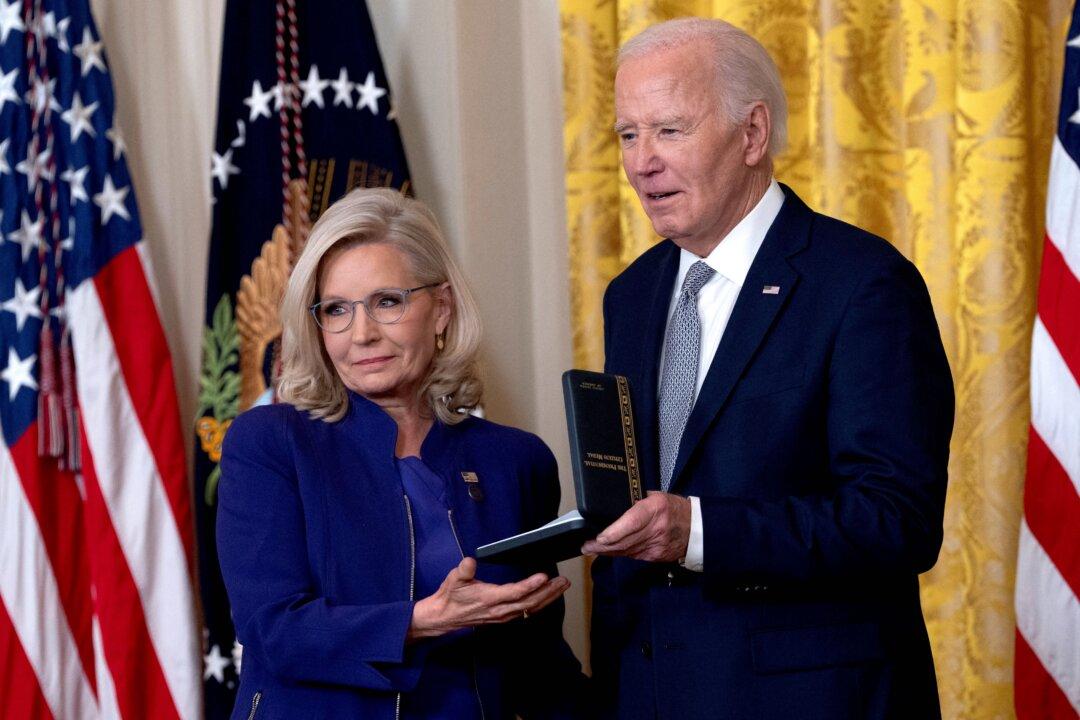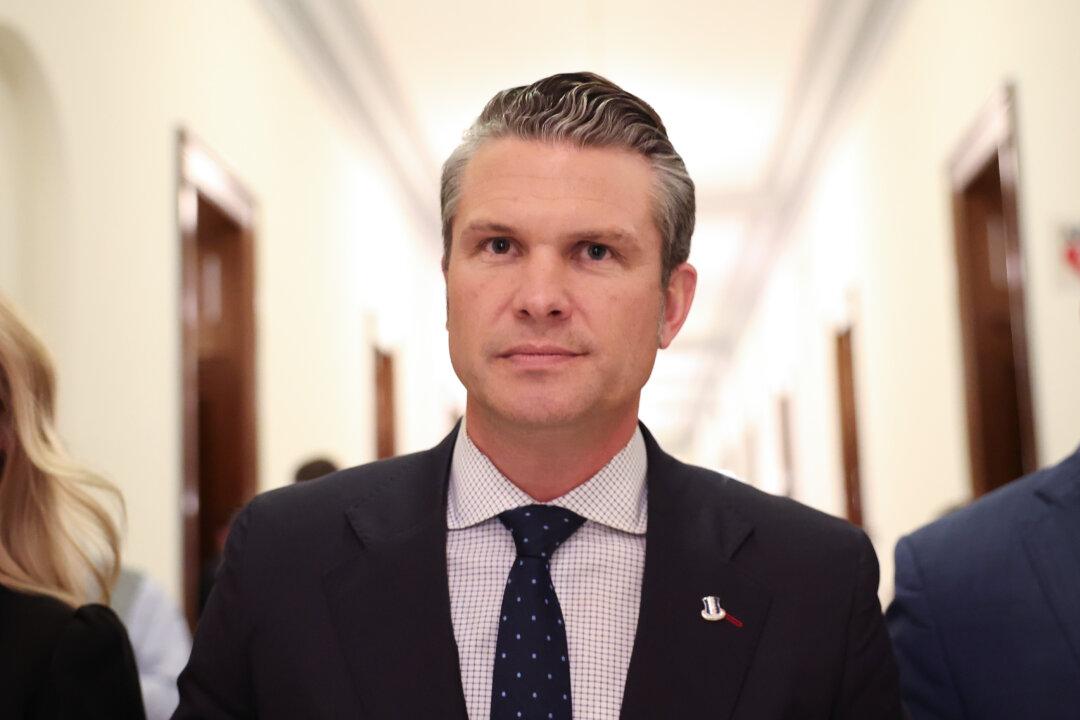Wisconsin Gov. Tony Evers has just signed new legislative district maps into law, changing the boundary lines for congressional districts that will be in effect during the upcoming November election. The GOP supported the measure to avoid the Supreme Court drawing up the new boundaries.
The state has been operating since 2011 under maps drawn up by Republicans. The Democrats tried unsuccessfully for more than a decade to overturn them. Gov. Evers (D) said the new maps are much fairer to both parties and better reflect Wisconsin as a state with similar levels of support among voters for both parties.





